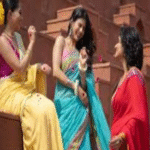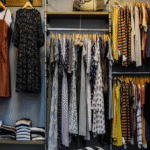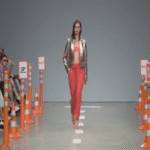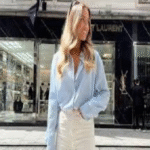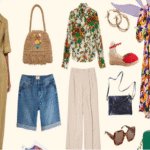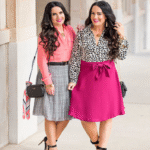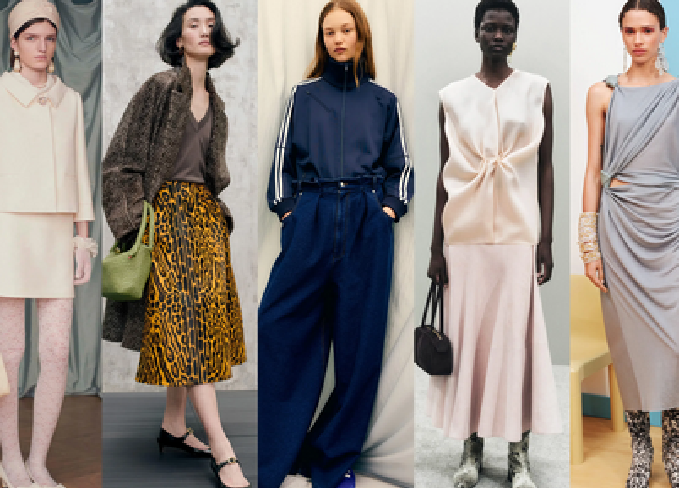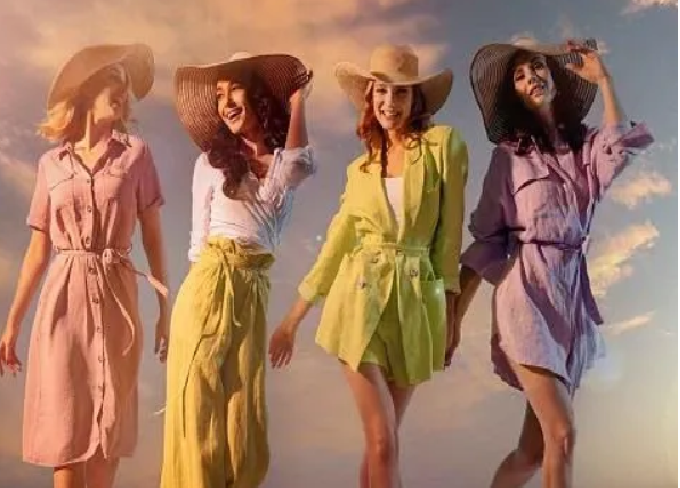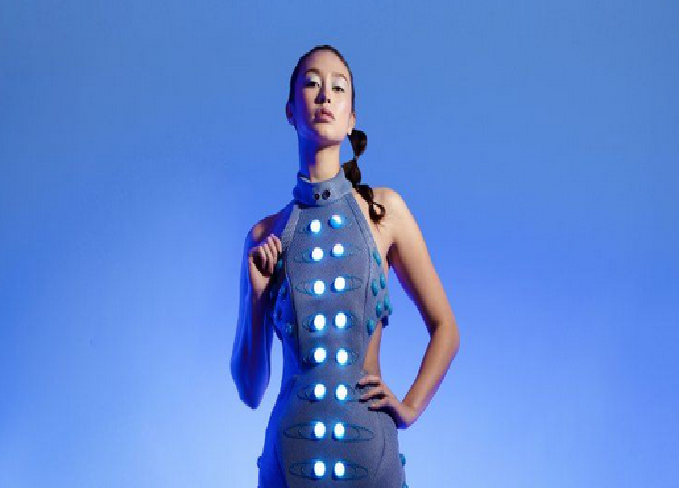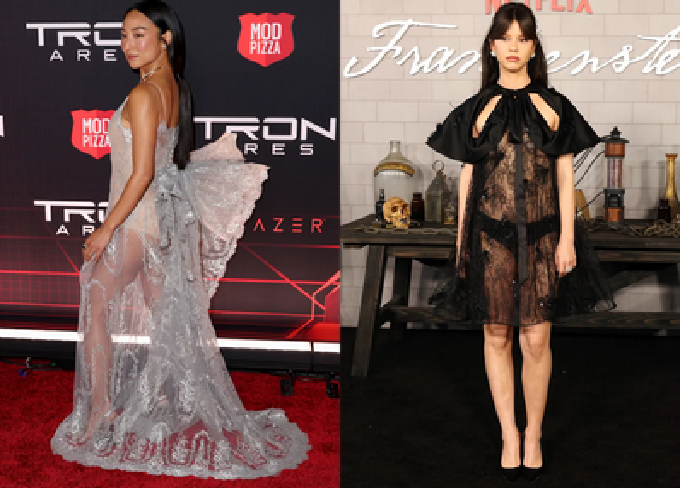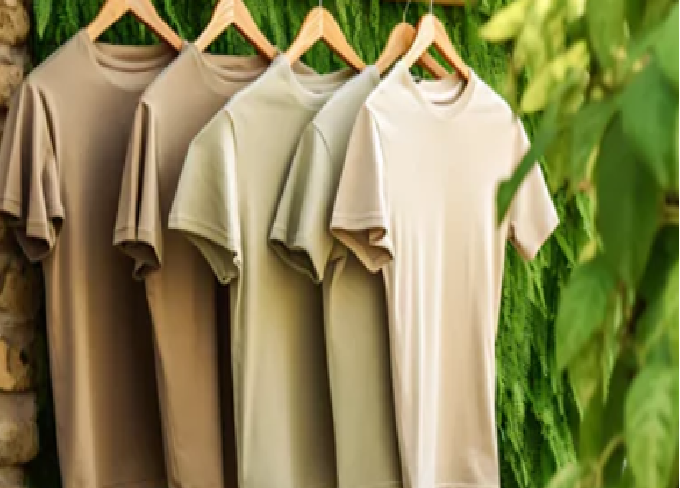Every fashion season provides a glimpse into the evolving pulse of global style — but 2025 marks a distinct turning point. It’s the year when sustainability, technology, cultural revival, and inclusivity converged on the runways. Designers across fashion capitals moved beyond spectacle, presenting collections that balance innovation with real-world wearability. The runways became reflections of our times — practical yet poetic, grounded yet imaginative.
Below is a detailed look at the most defining themes, trends, and moments that shaped the 2025 fashion season and what they mean for the wardrobes of the future.
1. “Real Clothes” Dominate the Runway
The first noticeable shift this year is the prevalence of “real clothes.” After years of conceptual, avant-garde experimentation, designers are focusing on wearable fashion that transitions seamlessly from runway to reality.
Collections were filled with pieces you could imagine wearing in daily life — perfectly tailored blazers, restructured workwear, versatile coats, and separates that combined form and function. This pivot reflects consumer demand for value and longevity. Shoppers are investing in pieces that look good but also serve practical purposes.
Still, wearability doesn’t mean simplicity. Designers added visual interest through creative draping, unique fabrics, and subtle structural details that maintained elegance and artistry without sacrificing comfort.
2. Sustainability Becomes a Standard Practice
In 2025, sustainability is no longer a buzzword — it’s an expectation. Brands are incorporating eco-conscious principles into their design processes rather than using them as marketing tools.
We saw regenerated textiles, natural dyes, upcycled materials, and transparent production practices dominating collections. Many designers showcased their supply-chain ethics directly in their shows, celebrating local craftsmanship and heritage techniques.
Runways also embraced “slow fashion” aesthetics, featuring timeless garments meant to last beyond a single season. Sustainability this year isn’t just about saving the planet — it’s about preserving artistry and human touch in fashion creation.
3. Technology Transforms Design and Presentation
Technology continues to revolutionize fashion, and in 2025, it’s deeply integrated into both the design process and the runway experience. Artificial intelligence assists designers with trend forecasting and pattern development, helping reduce waste by optimizing fabric use.
Virtual reality and augmented reality runways are expanding fashion’s accessibility, allowing audiences worldwide to witness new collections without traveling. Many shows combined physical and digital presentations, offering immersive online experiences where viewers could interact with garments or view 3D renderings of designs.
Innovative materials, including bio-fabricated leathers and lab-grown textiles, are also emerging as luxury staples, merging science and style in a way that feels both futuristic and responsible.
4. Nostalgia Returns — Reimagined and Refined
Fashion’s love affair with nostalgia continues, but in 2025, it’s smarter and subtler. Designers are reviving Y2K aesthetics, 90s minimalism, and even flashes of 80s glam — but through a modern lens.
Low-rise trousers, baby tees, metallic accents, and slinky silhouettes reappeared, but refined tailoring and contemporary materials kept the looks from feeling like costume. Instead, nostalgia became a tool for storytelling — linking the past with the present in meaningful ways.
By combining retro influences with modern craftsmanship, the industry is offering a comforting sense of familiarity while still pushing style forward.
5. Gender Fluidity Redefines Tailoring
Traditional gender boundaries are dissolving faster than ever. Designers are exploring tailoring that adapts to any body, moving away from the binary “men’s” and “women’s” labels.
We saw menswear-inspired suiting with delicate drapes and soft shoulders on women’s runways, and flowing silhouettes with feminine detailing in menswear collections. The message was clear: fashion is becoming about self-expression rather than conformity.
This evolution signifies a broader cultural acceptance of individuality, and it’s reshaping how clothing is designed, marketed, and worn.
6. The Dialogue Between Minimalism and Maximalism
Color and texture choices in 2025 tell a story of duality. On one end, muted palettes — beige, stone, olive, and taupe — speak to the minimalist movement focused on longevity and versatility. On the other, vibrant pops of color — electric blue, coral, metallic gold, and lime — inject energy into otherwise subdued ensembles.
Textures played a starring role: structured wool, glossy vinyl, handwoven linen, and tactile knits added depth and dimension. Designers mastered the balance between understatement and statement, allowing wearers to embrace both simplicity and expression depending on the occasion.
7. Accessories Take Center Stage
Accessories this year are not afterthoughts — they’re central to the outfit narrative. Structured mini bags, multifunctional totes, oversized belts, and sculptural jewelry dominated the runways.
Jewelry trends leaned toward bold, chunky designs that emphasized individuality. Stacked rings, asymmetric earrings, and layered chains were paired with sleek, minimalist garments to create visual contrast.
Headwear also made a comeback — from veiled hats to futuristic visors — signaling that accessorizing is once again a core expression of personal style.
8. Footwear Evolves — Where Comfort Meets Creativity
Footwear in 2025 bridges the gap between practicality and statement-making. Designers presented reimagined sneakers, hybrid sandals, and sculptural heels that combine ergonomic comfort with couture aesthetics.
Chunky soles, exaggerated proportions, and tech-infused designs — such as memory foam insoles or adaptive straps — reflect how footwear now merges fashion with functionality.
The emphasis on comfort doesn’t mean a compromise in design — rather, it’s proof that performance-driven fashion can still turn heads.
9. Emerging Designers Lead the Way
One of the most exciting developments of 2025 is the rise of fresh talent. Fashion weeks spotlighted independent and regional designers who bring cultural authenticity to their work.
These creators blend traditional craftsmanship with futuristic design elements, telling stories that resonate with diverse global audiences. From upcycled streetwear in Seoul to handwoven couture in Africa and South America, new voices are redefining what “luxury” means.
Emerging designers are proving that creativity doesn’t require massive budgets — just vision, purpose, and innovation.
10. Menswear: Relaxed Tailoring and Bold Expression
Menswear has undergone a quiet revolution. Rigid suits have given way to relaxed tailoring — soft blazers, wide-leg trousers, and layering that feels effortless yet polished.
Designers are also embracing prints, colors, and textures that were once reserved for women’s collections. Floral suits, satin shirts, and artistic patterns are redefining masculine style.
The modern man’s wardrobe now reflects emotional range and individuality, breaking free from outdated notions of uniformity.
11. Storytelling Over Spectacle
In previous years, fashion shows often aimed for viral moments and grand theatrics. In 2025, storytelling has taken precedence over spectacle.
Designers are using their platforms to express deeper narratives — from sustainability and identity to heritage and resilience. The choreography, music, and visual aesthetics of shows are now designed to support the clothes’ message rather than overshadow it.
This shift allows audiences to connect emotionally with the garments and understand the designer’s vision beyond surface-level aesthetics.
12. The Consumer Shift — Conscious and Connected
Today’s consumers are more informed and intentional than ever. They seek authenticity, transparency, and quality over quantity.
Brands have responded by embracing pre-order systems, capsule collections, and resale collaborations. These models reduce overproduction and waste while building deeper trust with buyers.
The market is rewarding companies that combine creativity with ethics. Shoppers want to support brands whose values align with their own — and 2025’s fashion landscape reflects this harmony of conscience and style.
13. Translating Runway Trends into Everyday Style
You don’t have to be a fashion insider to bring 2025’s runway energy into your wardrobe. Here’s how to adapt key trends practically:
-
Invest in quality basics: Choose pieces with structure and longevity — a tailored coat, well-fitted jeans, or a neutral-toned blazer.
-
Play with color wisely: Add one statement hue to your look — like cobalt or coral — to elevate neutral outfits.
-
Embrace mixed textures: Combine smooth and rough fabrics for tactile contrast — silk with denim, leather with cotton.
-
Experiment with accessories: A unique bag, bold ring, or artistic scarf can completely transform a minimal look.
-
Support sustainable brands: Buy less, choose better, and explore pre-owned or upcycled options.
Fashion in 2025 is about creativity through conscience — expressing individuality without excess.
14. Designers to Watch
While major fashion houses continue to evolve, emerging designers are shaping the next era of style. The ones making the most impact share common characteristics:
-
A commitment to sustainable production.
-
A strong storytelling approach rooted in culture and identity.
-
The use of digital tools to streamline design and reduce waste.
-
Inclusive sizing and unisex collections.
Expect these designers to influence not just what we wear but how we think about fashion itself.
15. The Industry’s New Chapter: Reinvention and Resilience
If there’s one overarching theme to define 2025’s fashion landscape, it’s reinvention. The industry has weathered global disruptions, shifting consumer priorities, and technological acceleration — yet emerged stronger and more adaptable.
Creativity is no longer about extravagance but about purpose. Designers are redefining luxury through ethics, innovation, and craftsmanship. The focus is on progress — not perfection — and on reconnecting fashion with humanity and the environment.
Fashion’s new era celebrates balance: between artistry and accessibility, nostalgia and futurism, minimalism and expression. It’s about designing clothes that not only look good but mean something.
Conclusion: The Future of Fashion Is Honest, Hybrid, and Human
The 2025 runways have made one thing clear — fashion is embracing a multidimensional identity. It’s practical yet passionate, digital yet handmade, nostalgic yet futuristic.
This season has redefined the essence of style: it’s no longer about chasing trends but about creating value, telling stories, and celebrating individuality.
As designers continue to explore the intersection of technology, sustainability, and culture, the result is a more inclusive and responsible industry. The clothes of 2025 don’t just express who we are — they reflect the world we’re helping to create.
